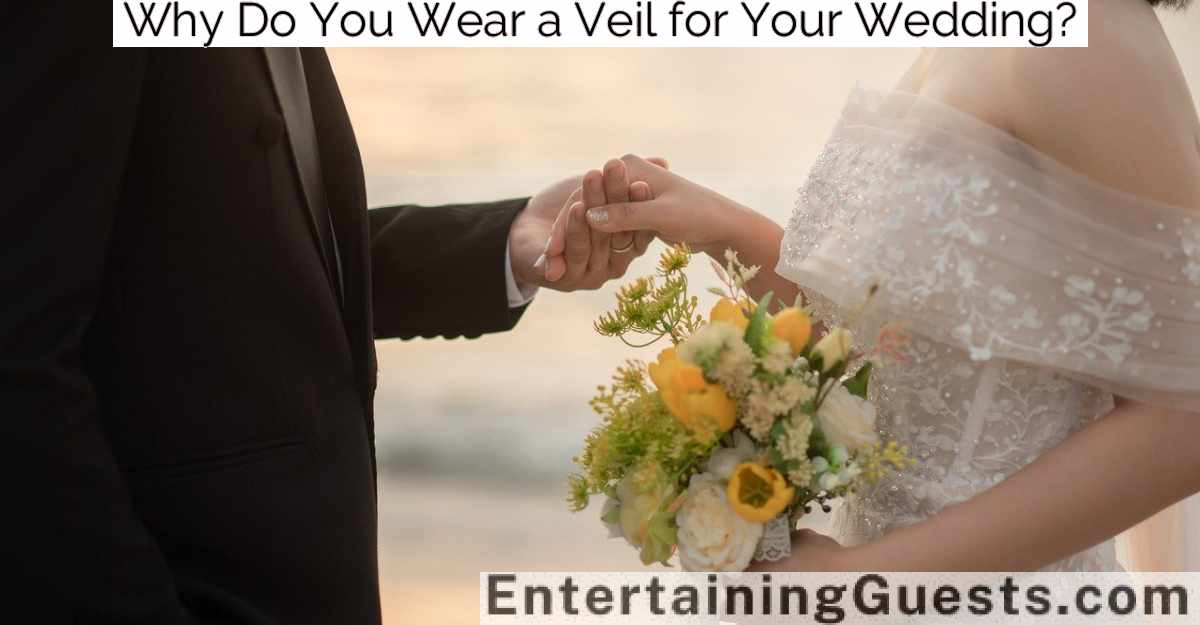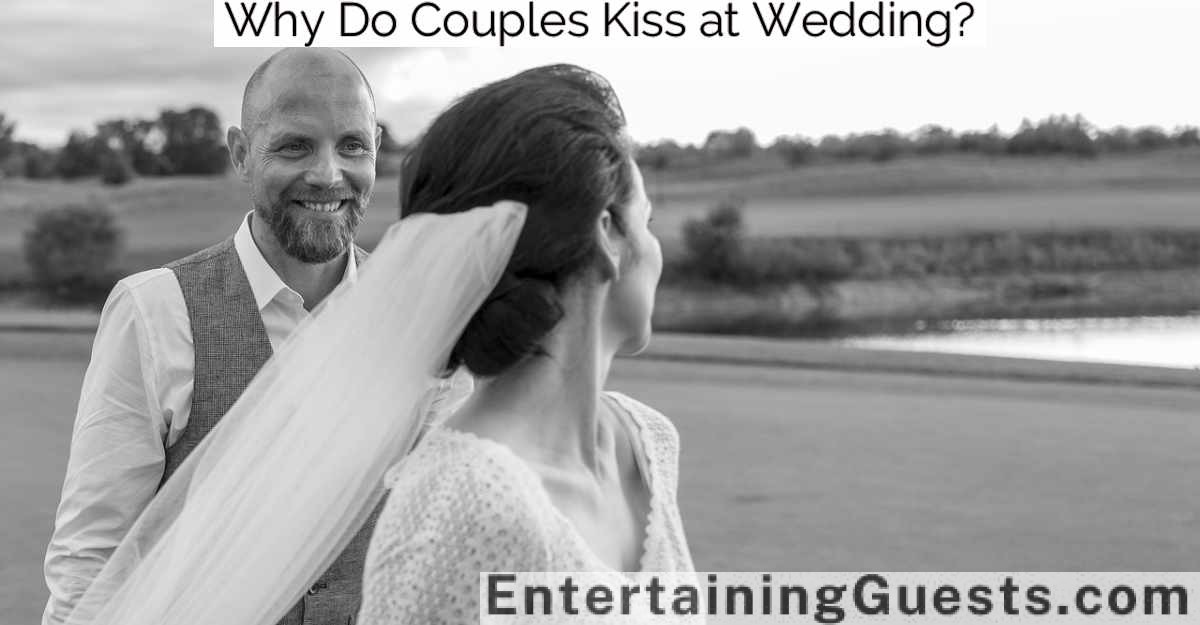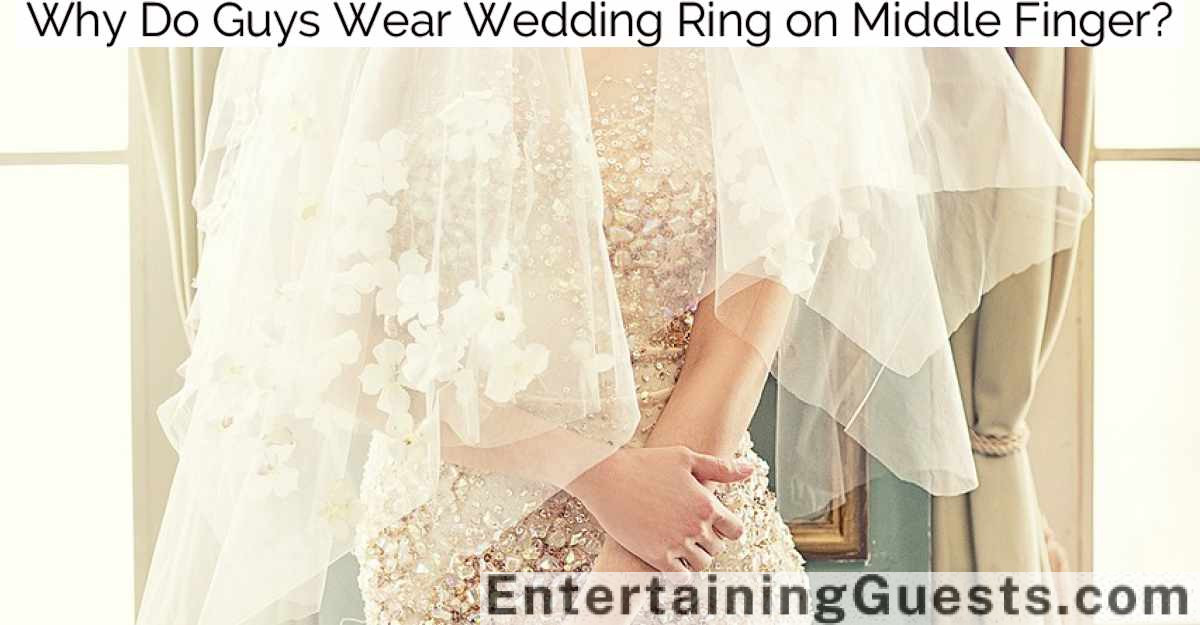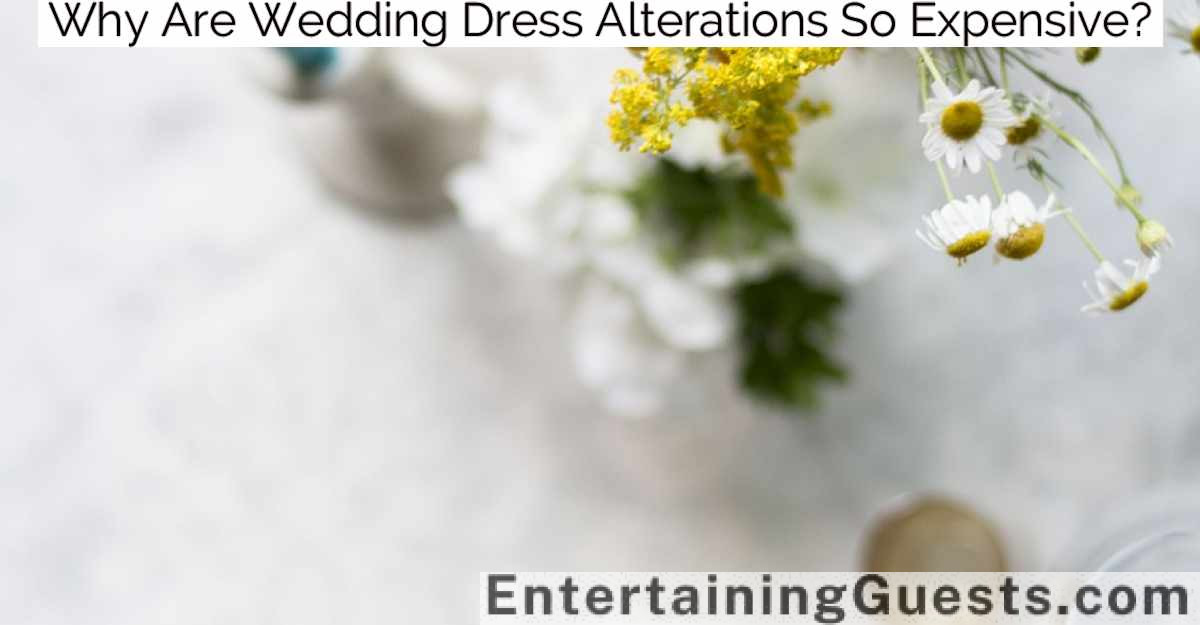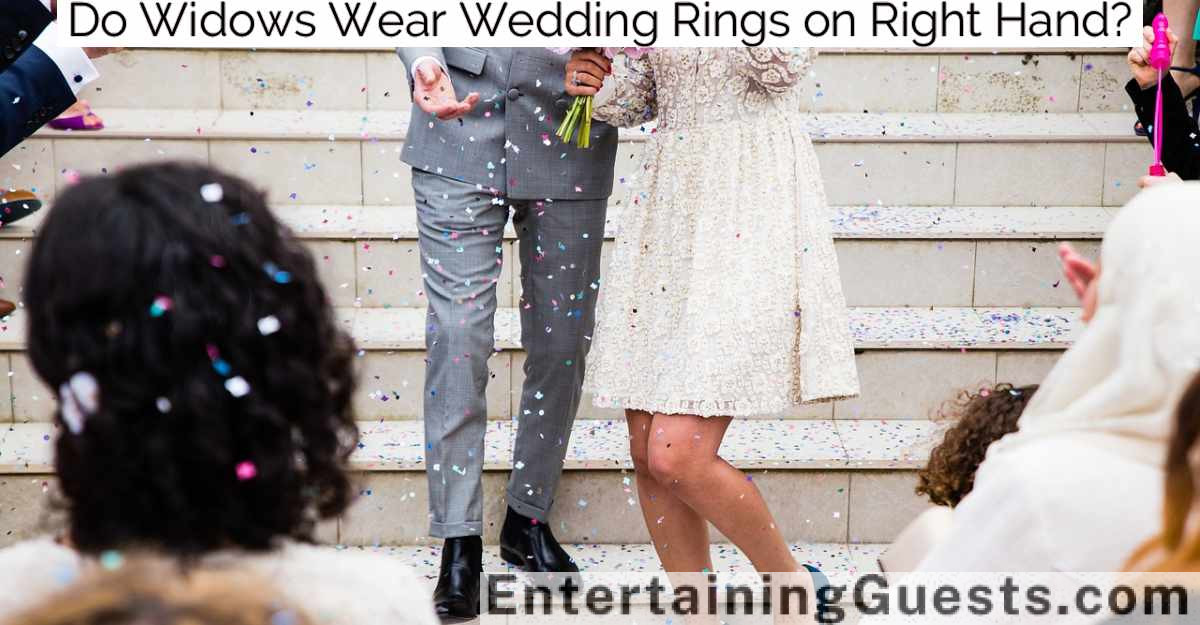You wear a veil for your wedding as a graceful nod to tradition and a symbol of your commitment to purity and modesty. Rooted in ancient customs, from the Roman flammeum meant to ward off evil spirits, to its significance in symbolizing authority in Byzantium, the veil has always carried more than just aesthetic value. It embodies protection, innocence, and the sacredness of your marriage ceremony. Modern trends allow you to choose from various styles that reflect your personality while honoring this rich historical tapestry. As you explore these choices, you’ll see how the veil not only complements your look but deepens the meaning of your special day.
Key Takeaways
- Veils symbolize purity and modesty, presenting brides as innocent and reserved for their partners.
- Historically, veils served as protection against evil spirits, ensuring the bride’s safety on her wedding day.
- The veil signifies a personal commitment to marriage, emphasizing the ceremony’s sanctity and the start of a new beginning.
- Veil styles and choices reflect individual personality and cultural heritage, connecting brides to their familial and social traditions.
- Modern veils blend traditional symbolism with contemporary fashion, catering to both ceremonial significance and personal style preferences.
Historical Significance of the Veil
While the veil today symbolizes beauty and privacy, historically, it served as a symbol of status and protection, weaving a rich tapestry through various cultures and epochs. As you explore the annals of history, you’ll find that the veil wasn’t merely a bridal accessory but a potent emblem layered with socio-cultural significance.
In ancient Rome, you’d have witnessed brides donning the flammeum, a saffron-yellow veil, which aimed to shield them from evil spirits on their wedding day—a practice rooted deeply in spiritual protection rather than mere adornment.
Moving to the East, in medieval Persia, the veil transcended its role as a protector to become a marker of social hierarchy. Royal and noble women wore veils made from luxurious fabrics to signify their lofty status, setting them apart from the common populace.
Furthermore, during the Byzantine era, the veil symbolized authority and respectability, often worn by empresses and noblewomen to assert their dominance and high standing in a male-dominated society. This practice highlighted the veil’s role not just in marital ceremonies but also in everyday power dynamics within the upper echelons of society.
Thus, the veil’s historical journey isn’t just about aesthetics but about profound societal roles and distinctions.
Symbolism of Purity and Modesty
The veil not only embodies elegance but also signifies purity and modesty, traditionally enveloping the bride in an aura of innocence and virtue. This symbolic garment dates back to ancient customs where you, as the bride, are presented as untouched and reserved exclusively for your soon-to-be spouse.
It’s a visual representation of your personal commitment to enter the marriage with a clean slate, embracing new beginnings with your partner.
Wearing a veil emphasizes the gravity and the sanctity of the wedding ceremony. It’s not just a fashion statement but a deep-rooted tradition that speaks volumes about your values and respect for the institution of marriage.
As you walk down the aisle, the delicate fabric cascading behind you isn’t just for show; it’s a profound symbol of the role modesty plays in your relationship.
Moreover, the choice of veil—from a sheer, barely-there tulle to an ornate lace mantle—reflects your personality and how you choose to interpret these traditional values.
Each pattern and thread woven into the fabric can represent the intricate journey of your life leading up to this pivotal moment, making it a unique, personal emblem of your journey towards commitment and unity.
Protection Against Evil Spirits
Beyond its role in symbolizing purity, your wedding veil also serves as a protective barrier against evil spirits, historically believed to ward off bad luck and malevolent forces on your special day. This tradition stems from ancient times when the boundary between the earthly and the spiritual was often considered thin, and the bride, being at the center of attention, was thought to be vulnerable to enchantment and jealousy from unseen entities.
In many cultures, the veil wasn’t merely a piece of fabric but a shield. For instance, in Roman times, brides wore a flame-colored veil called the ‘flammeum’ to confuse spirits and guarantee her safe passage into married life. Similarly, in medieval Europe, the veil was often part of a larger headpiece that included intricate metalwork and jewels, designed to deflect the evil eye.
You might find it fascinating that even the way the veil was handled held significance. It was commonly believed that once the ceremony concluded, the way a veil was removed and stored could affect the newlyweds’ future happiness and protect their home.
As you choose your veil, remember it’s not just an accessory but a rich, emblematic artifact woven with histories of love, protection, and celebration.
Modern Interpretations and Trends
Today, brides often choose veils that blend traditional symbolism with contemporary style, reflecting both their personal taste and the spirit of the age. You’re no longer restricted to the classic cathedral-length veil; options now range from playful birdcages to elegant mantillas, allowing you to express your unique style. The materials and embellishments used in modern veils also vary widely, featuring everything from intricate lace and sparkling sequins to minimalist tulle.
You might opt for a veil with floral appliqués that cascade down your back, adding a romantic touch to your ensemble. Or perhaps you’re drawn to a sheer, barely-there veil that whispers of subtlety and sophistication. These choices not only complement your wedding gown but also highlight your personality and fashion sense.
Moreover, today’s veils aren’t just about aesthetics. Designers are innovating ways to make veils more functional and comfortable to wear throughout the event. Detachable veils, for instance, allow you to sport the traditional look during the ceremony and then easily remove it for the reception. This adaptability guarantees that your veil serves both a ceremonial purpose and practical functionality, truly making it a reflection of modern bridal needs and desires.
Cultural Variations in Veil Use
Across different cultures, veils carry diverse meanings and are worn in unique, often symbolic ways during wedding ceremonies.
In Eastern traditions, you’ll find the red veil prominent in Chinese weddings, symbolizing luck and protection against evil spirits. You’d be draped in this auspicious color after the traditional hair combing ceremony, which prepares you for adulthood and marital responsibility.
Moving to the Middle East, the intricacies of your veil, or hijab, speak volumes about your family’s heritage and social status. It’s not merely a veil; it’s a rich tapestry of identity, meticulously chosen to complement both your beauty and the gravity of the occasion.
In Western cultures, you might opt for a softer, more ethereal look with a tulle veil that cascades down your back. This choice often symbolizes purity and connection to historic bridal fashion, binding you to generations past.
No matter where you’re from, the veil you choose weaves together threads of tradition, personal taste, and cultural significance. It’s more than just part of your attire—it’s a deeply personal element of your wedding day that honors who you’re and where you’ve come from.
Frequently Asked Questions
How Do You Choose the Right Veil Length?
To choose the right veil length, you’ll need to contemplate your dress’s style and your wedding’s formality. Measure from your headpiece to where you want the veil to end, ensuring it complements your gown.
Can Veils Be Reused or Recycled?
Absolutely, you can reuse or recycle veils! They’re often passed down as family heirlooms or repurposed into accessories, baby items, or decorative home pieces, making them both sentimental and sustainable choices.
Are Veils Required for All Religious Wedding Ceremonies?
No, veils aren’t required for all religious wedding ceremonies. Different faiths have varied traditions and dress codes, so it’s essential you check with your specific religious guidelines or leaders before making a decision.
How Do You Secure a Veil in Your Hair?
To secure your veil, start by choosing a comb or clip that matches your hair type. Attach it firmly at the crown or back of your head, ensuring it’s snug for all-day wear.
What Are Alternative Headpieces to Veils?
You can choose from numerous alternative headpieces like floral crowns, tiaras, or fascinators. Each offers a unique touch to your outfit, allowing you to express your personal style on your special day.
Conclusion
As you consider donning a veil for your wedding, remember it’s more than just fabric.
It’s a nod to tradition, a symbol of purity, and a shield against the unseen.
Today, whether you choose a classic lace mantilla or a minimalist tulle, you’re embracing a practice rich in history and meaning.
Reflect on the cultural significance that resonates most with you and let your veil not only complement your style but also tell your unique love story.
